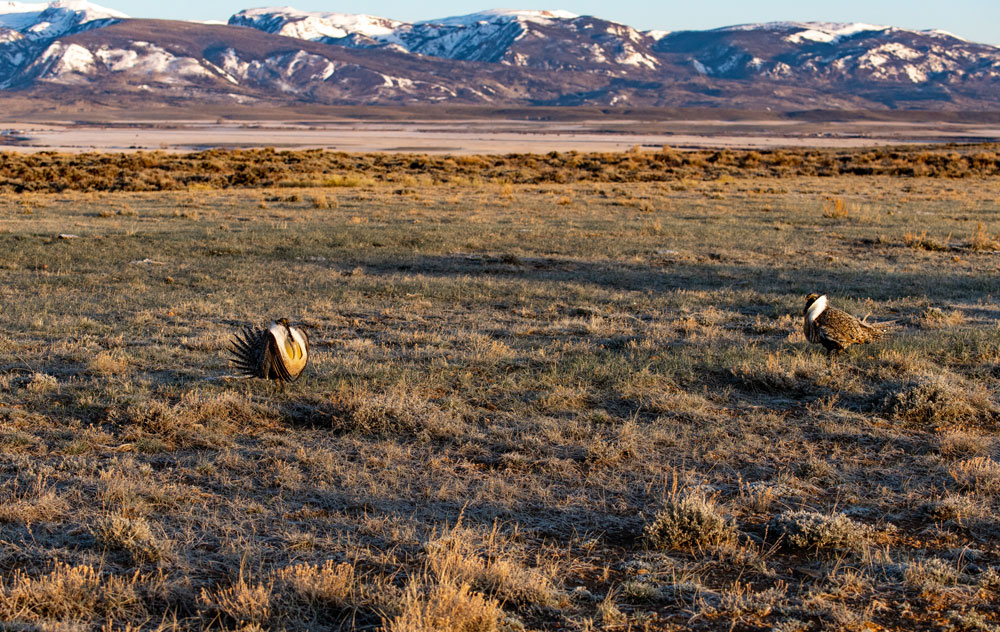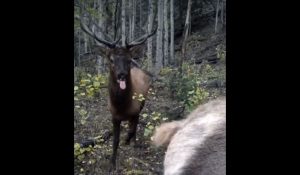CHEYENNE – The Wyoming Game and Fish Department is asking everyone, especially landowners, to report dead sage-grouse so the birds can be tested for West Nile virus. While there are no signs of an outbreak, Game and Fish asks the public annually for reports to help in the management of the state’s sage-grouse populations.
WNV is spread by mosquitoes, and research shows sage-grouse have a low resistance to the virus, which can be and is usually fatal to the birds. Evidence of the disease has been reported in past years in northeast Wyoming and in surrounding states.
Nyssa Whitford, Game and Fish’s sage-grouse/sagebrush biologist, said the continuous rainfall we have experienced this spring and summer has contributed to an increase in standing water and mosquito populations.
“We haven’t had an outbreak of West Nile in sage-grouse since 2003 in northeast Wyoming. But monitoring for the disease is still important,” Whitford said.
Testing dead birds helps Game and Fish monitor the scope and impact of the disease across the state.
“We are particularly interested in sage-grouse found in remote areas that have no obvious injuries that might have resulted in their death. These may occur near water holes or hay fields on private lands,” Whitford said.
Whitford added that obvious roadkills should not be reported. She emphasized the need to report dead birds to local Game and Fish personnel quickly so the birds don’t deteriorate to the point they can no longer be tested.
For individuals willing to collect carcasses they find, the chance of getting the virus from handling a dead bird is rare, but picking up the birds with an inverted plastic sack while wearing gloves is recommended. The bagged carcass should then be placed into another plastic bag, preferably a trash bag, tied and taken to a Game and Fish Regional Office. If it can’t be delivered quickly to Game and Fish, the bird should be frozen.
The public can help reduce mosquitoes and WNV by eliminating standing water in small receptacles like flower pots, discarded tires, small plastic swimming pools and wheelbarrows where mosquitoes tend to breed. Mosquitoes lay their eggs in standing water and only take five to seven days to complete their life cycle.
This post is c/o Wyoming Game and Fish.
(Breanna Ball, Public Information Officer – (breanna.ball1@wyo.gov))
– WGFD –




